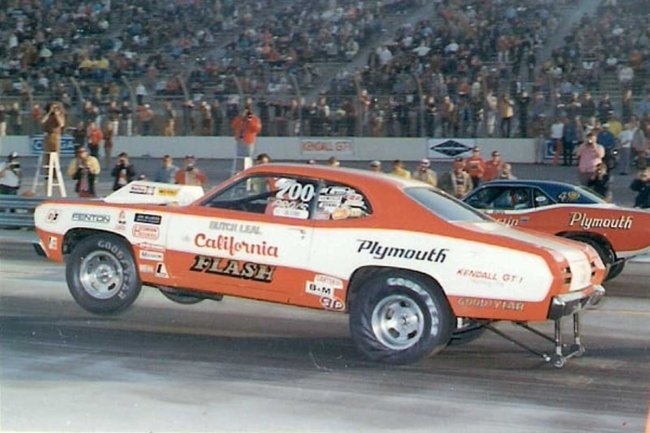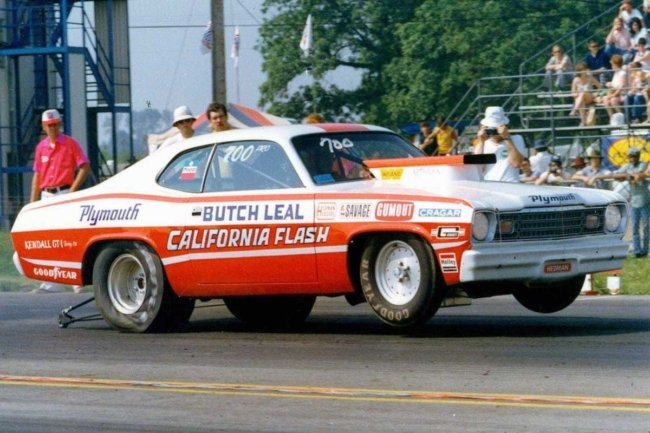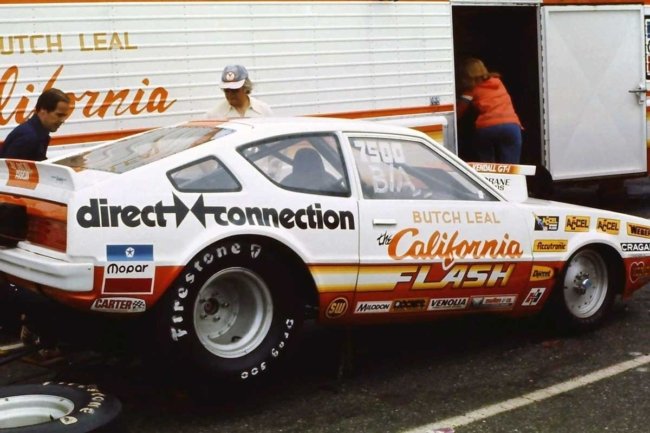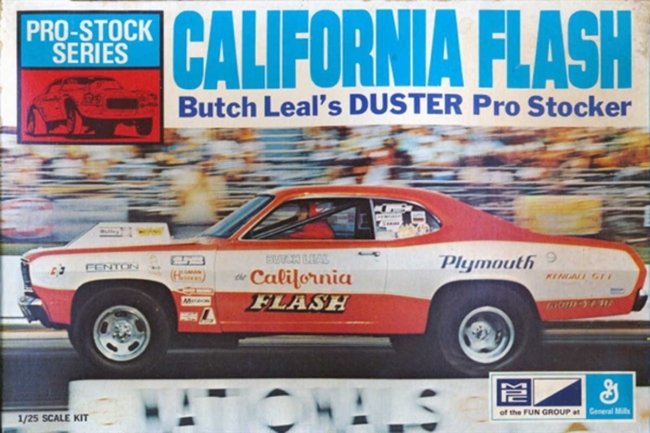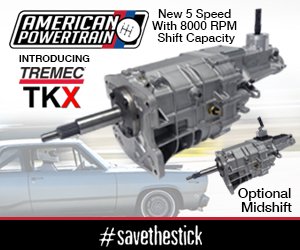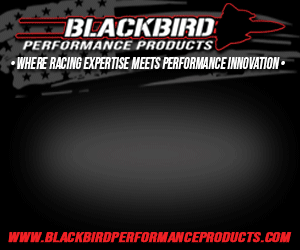
Butch Leal, the California Flash, ran many cars in Super Stock, Altered, Gas class, Modified Production, and Factory Experimental painted in his famous Mustang Poppy Red and GM Refrigerator White colors. By the 1970s, Leal had driven cars from each of the big three manufacturers (Chrysler, Ford, and Chevrolet). With the Pro Stock eliminator class in full swing (introduced in 1970), Leal returned to the Mopar camp in 1971, after running a Chevrolet Camaro for a single year.

Above: As technology advanced, Leal searched for areas to find an advantage over the competition. With ACCEL spark plugs screwed into the Hemi, Leal’s tube chassis Duster had a successful year.
Leal’s 1971 (and updated as a 1972) Duster was phenomenally successful, with a high-winding Hemi under the hood and backed by a 4-speed. The Hemi always had enough horsepower to keep Leal’s Duster near the top of the class. In 1971, MPC Models contacted Leal about producing 1/25th scale replica of his Duster. So popular was Leal’s Duster, it ended up outselling Bill “Grumpy” Jenkins’ Vega, Sox and Martin’s Cuda, and “Dyno” Don Nicholson’s Pinto models – combined.
Above Left: Butch Leal, “the California Flash,” relied on a 1971 Pro Stock Duster, later updated to a 1972, after a single year running a 1970 Camaro. The Duster was successful. Above Right: Leal introduced an all-new tube chassis Duster in 1973. Leal ran the Duster until Chrysler pulled the plug on participating in Pro Stock racing in late 1973. Leal sold the Duster to Roy Hill. (Photographers unknown)
By 1973, the Pro Stock eliminator had significantly advanced, and Leal had an all-tube-chassis Duster built to keep up with the competition. Leal successfully campaigned the Duster until the end of 1973, when Chrysler pulled the plug on its Pro Stock program. Leal sold the Duster to Roy Hill and moved back to Super Stock.

Above: With Chrysler boycotting Pro Stock, Leal moved back to the sportsman ranks. He ran a Hemi-powered Duster in Modified Production under the Direct Connection banner. (Photographer unknown)
The 1973 Duster was the featured vehicle in the ACCEL advertisement in the March 1974 Car Craft magazine inside cover. ACCEL Yellow Jacket spark plugs gave Leal an advantage. The ad states, “They (the plugs) deliver 100%, run after run,” which is necessary for the Pro Stock ranks or on the street.
Above Left: Leal ran B/Altered Plymouth Arrow with Direct Connection sponsorship. Leal moved back to Pro Stock in 1977 but as an independent. The Arrow was one of Leal’s least successful cars. (Photographer unknown) Above Right: MPC made a 1/25th model of Leal’s 1971 Duster. It was well received. The Duster outsold models of “the Grump,” “Sox & Martin,” and “Dyno Don” combined.
With Chrysler’s newly developed Direct Connection, Leal continued to work with Chrysler while running a 1965 SS/B Plymouth and then a 1974 SS/MA ‘Cuda. Leal also ran a 1975 Hemi Duster in B/Modified Production. The Duster was honored on the front cover of the 1975 Direct Connection Special Parts Catalog.

Above: Leal’s first opportunity to work with Mopar was in the mid-’60s running an altered wheelbase Factory Experimental Plymouth. The Plymouth was one of the earliest painted in Mustang Poppy Red and GM Refrigerator White, a color combination that became the trademark of “the California Flash.” (Photographer unknown)
In 1976, Leal ran an Arrow in B/Gas but eventually broke away from Direct Connection, and in 1977, he ran as an independent with de-stroked Hemi (396 cubic inch displacement (CID)) in the Arrow in Pro Stock. With little success, Leal decided to hit the links (golf) for a few years. Leal returned to racing in 1982, racing a Plymouth Horizon with the new 500-CID 426 Hemi. With sponsorship from the Rod Shop, Leal moved to Pontiac in 1983, ending his association with Mopar.
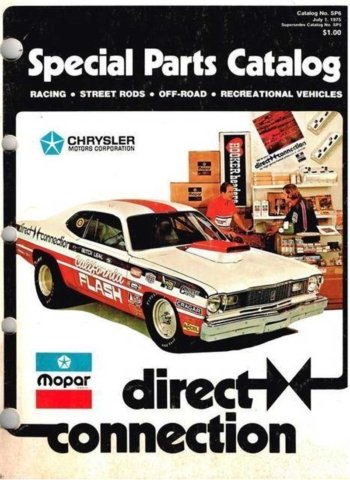
Above: Leal’s 1975 Modified Production Duster was the cover car for the Direction Connection Special Parts Catalog.
ACCEL, now part of the Holley/MSD Performance group, offers distributors, caps, rotors, coils, fuel systems components, plug wires, and spark plugs for the 60s, 70s, 80s, 90s, and late-model Mopars. In contrast, a Chrysler enthusiast’s product may never run as quickly or fast as the California Flash. Still, after selecting ACCEL products, the improvement in performance and efficiency will be evident.
For more information about Butch Leal, pick up a copy of Bob McClurg’s CarTech book.



